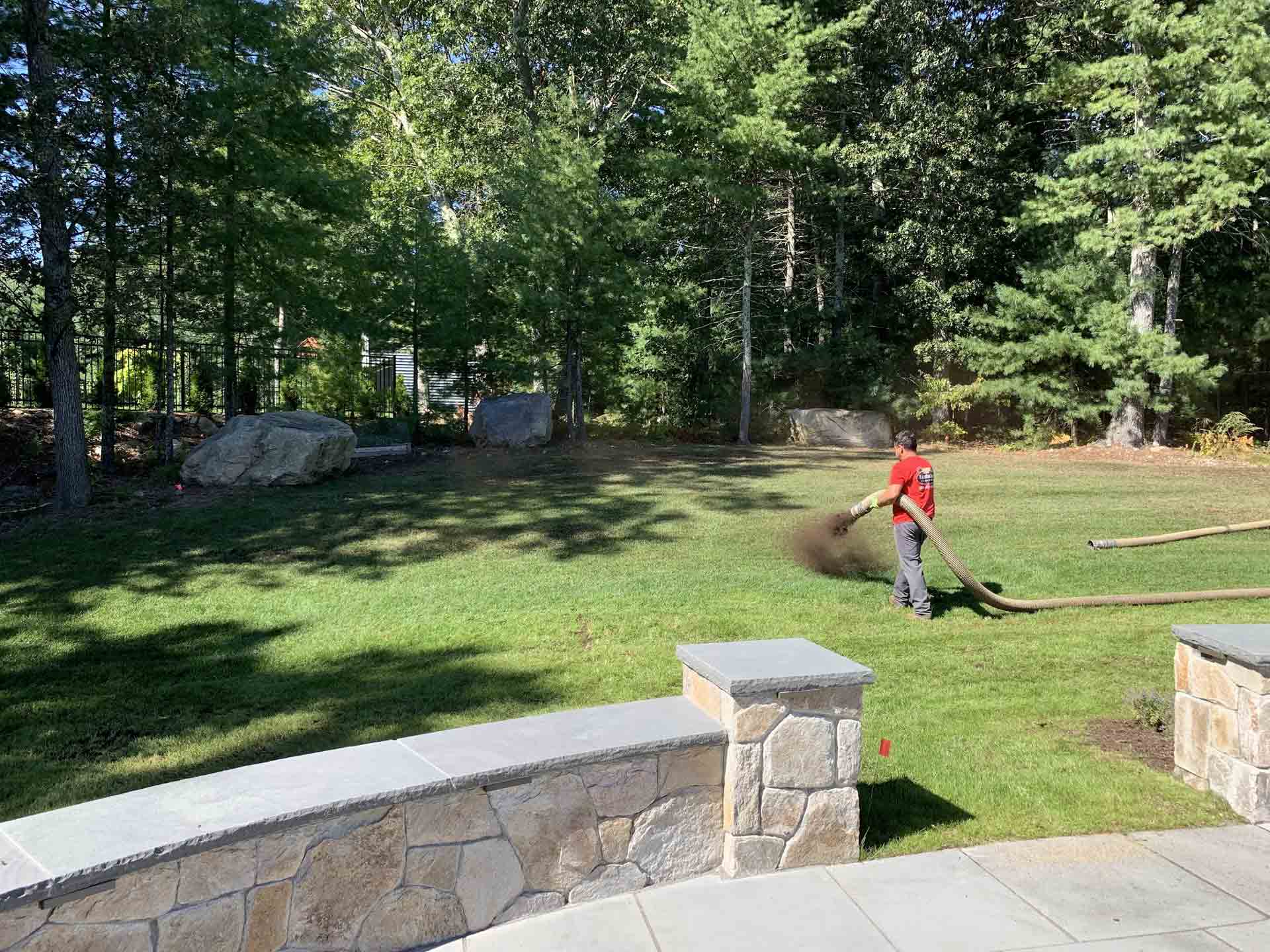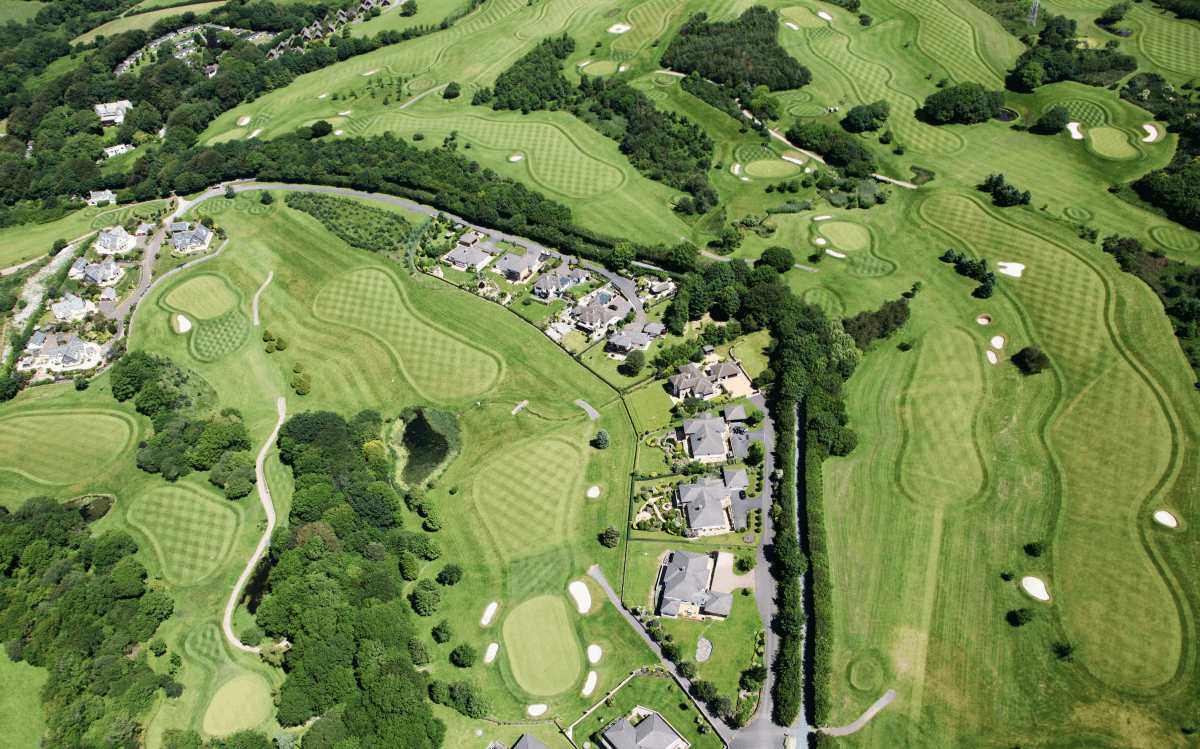The Best Guide To Landscapers
The Best Guide To Landscapers
Blog Article
The Only Guide to Landscapers
Table of ContentsThe Best Guide To LandscapersGetting My Landscapers To WorkHow Landscapers can Save You Time, Stress, and Money.The smart Trick of Landscapers That Nobody is DiscussingThe Single Strategy To Use For Landscapers
- A tree or bush (hedge) that loses its fallen leaves in winter season. In the PNW there are semi-deciduous or semi-evergreen plants that might lose their fallen leaves depending on just how chilly the wintertime is. Abelia and some hebe are examples. Landscapers. - A flat event space, made of wood or composite product (made to look like wood), generally surrounding or connected to a structure.

- Granite that is weathered to the point that it is a really fine accumulation. This is an all-natural process, and the result can be made use of for courses and patios. Broken down granite is typically described as DG. It is specifically helpful in modern landscapes. - Trick landscape features being suggested in a landscape style plan.
Top Guidelines Of Landscapers
These goals assist the style process, not the designer's design or choices. Usual style goals in Portland are reduced maintenance, drought tolerant, and pet pleasant. - Process for removing or thinning the dead lower degree of a mature grass. Thatch is grass that has died and accumulated below the green blades.
Over time this layer can obtain really thick and make it challenging for water, sun, and nutrients to get to sections of the turf.- The process of accumulating and managing the flow of water on a residential or commercial property. This can be made with grading, French drains, dry wells, absorptive surface areas, sump pump, rain gardens, and much more.
Residence at the bottom of hillsides, with all-natural springs, or packed with hefty clay have one of the most drainage issues.- A slow feeding watering system that uses versatile tubes and emitters to send out a precise quantity of water to every plant. This is one of the most effective method of irrigating plants. - The capability of a plant to make it through without much summer water.
- A yard attribute where water is stood for by an accumulated stone product, typically a gravel or granite. These are most generally located in contemporary and Japanese garden layout.- A rock or natural flagstone patio area, path, or sidewalk built without a concrete base. The base would certainly be compacted gravel and the joints would certainly be an accumulation or walkable ground cover.
The Landscapers Statements
- A stone retaining or free standing wall surface developed without the use of mortar. - A below ground framework that gather water and enables it to slow down percolate into the dirt around it.
Landscape layout use this link that is suitable with a sites' atmosphere in both appearance and sustainability without unfavorable influences to the atmosphere. Bordering in the landscape is a line of separation that creates aesthetic interest in the garden by dividing one segment from an additional segment.
Areas can additionally have a feeling of "unit" provided by trees, various other plantings, fences, or displays. The landscape near the entrance to a structure.
A plant that is foreign to the location where it will certainly be grown. Not all "exotics" are intrusive or damaging, and many can be well acted or dry spell tolerant (Landscapers). A mass planting of ferns. Thicker bladed turf grass that spread by means of rhizomes.: The level of dirt on your residential property before bark dust or garden compost is spread out.
The Definitive Guide for Landscapers

The function, reason, or action that an area is be landscaped for. Room for expanding plants for watching, eating, or physical task.
Rock product, either rounded or fractured, that is relatively small- typically 1" or much less. Reduced plants that are permitted or urged to top a location. Can refer to any kind of "tough" yard elements consisting of statuary or rocks yet the majority of typically is made use of to describe courses, patios, and walls.: Elevation distinction between the level of water in this hyperlink a pond (or the degree of the pump if it rests outside the fish pond) and the top electrical outlet of water which impacts performance of the water pump in gph (gallons per hour). Dense shrubs or trees that form a fencing, display, or boundary.

What Does Landscapers Do?
Typical PNW landscapes are casual. A plant that spreads even more than preferred, or into environments where it does damage.
Can include head placements and insurance coverage, pipe sizing, GPM specifications, and materials needed to install this system. Accredited professional that develops landscapes, coached in design and style as well as in horticulture.
Landscape designers typically have less schooling than Landscape Architects and are not licensed. A finished landscape layout, describing all elements for the new landscape.
A water tight HDPE product used below ponds, streams and waterfalls in water functions. Making use of lots of plantings of the exact same range to fill in an area in the landscape.
Report this page